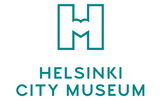Objection! exhibition opens at the Helsinki City Museum
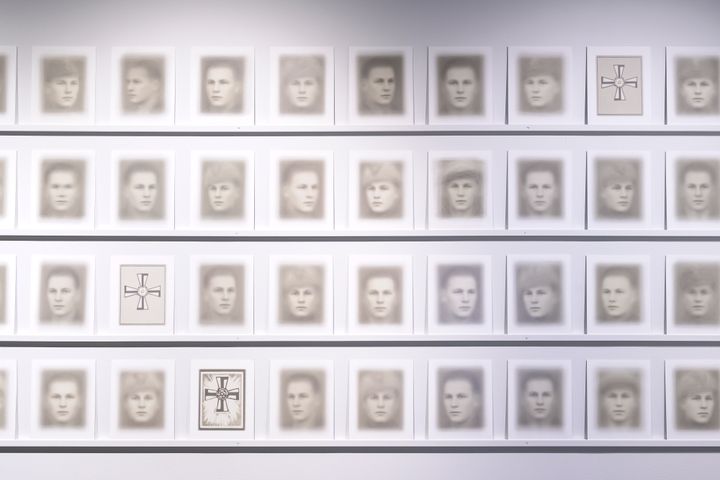
The exhibition Objection! will give art the chance to speak and illustrate the roles of arguments and rebellion in societies. Helsinki is not depicted as a home of consensus but rather as a place of arguments, with overlooked histories coming to life in the exhibition. Objection! features works from five artists who work in Helsinki: Veli Granö, Minna Henriksson, Marko Karo, Harri Pälviranta and Salla Tykkä.
Objection! will open on the fourth floor of the museum, which is dedicated to temporary exhibitions, on 24 May 2019. The concept of the space on the fourth floor involves an experimental approach and the expansion of the idea of a museum with evocative content, which can consist of exhibitions, events or experiences.
Veli Granö: Test House, part 1
A few utopian test buildings were constructed in Finland in the 1990s to study living conditions free of disruption. This installation tells about the last of these houses. Completed in 1997, its soundproofing was perfect. The occupants were effectively isolated from each other, as if each flat constituted an independent world of its own. The world outside, too, was stable and free of disturbances. History itself seemed to almost disappear beyond the sense of hearing.
During the traditional Eurovision Song Contest viewing at the test house in 2006, something unexpected happened: a band of monsters from the coldest regions of Europe got on stage in Athens, the birthplace of democracy, and for a moment captured the cultural attention of Europe. Lordi won the contest with the highest score ever recorded. The perfect soundproofing of the test house was no longer able to hide the fact that history had returned to Europe. The second part of his art series Experimental House will be completed in 2020.
Minna Henriksson: The Case of Hjalmar Linder
Hjalmar Linder (1862-1921) was a chamberlain, judge, landowner and donor. In 1918 Linder was the richest man in Finland. In January 1918, Linder fled the Civil War to Sweden and after his return in May, he wrote a letter to the Hufvudstadsbladet newspaper with the title ‘Nog med blodbad!’ (‘Enough with the Bloodbath!’) The text cost him his life. He received death threats and was branded a Red sympathiser. He had to sell or surrender his enormous holdings in Finland and again go into exile. He died alone and penniless on 4 June 1921 in Marseilles, France, after slashing his wrists.
Through objects, photographs and written documents, the artist strives to identify those social factors that made Linder an exceptional character who was not tolerated. What made Linder behave in such contravention to his social class in the spring of 1918? Even though Henriksson’s piece is based on a historical subject matter, it also reflects certain aspects of contemporary society.
Marko Karo: Have You Seen a Running Dog?
The title of Marko Karo’s installation is based on a passphrase used by activists in Helsinki during the Continuation War to tell comrades from enemies and outsiders. The installation investigates left-wing underground activism as material practices whose principal growth medium and forum was the City of Helsinki in the 1930s and 1940s. The installation excavates the public façade of urban history to uncover marginalized struggles and encounters.
The common thread between the works in the installation is the dynamic of ‘smuggling’ or border crossing – the ways in which the transmission of information, ideas and people was enabled even under conditions of severe control. Have You Seen a Running Dog? is a multi-instrumental installation consisting of photographs, texts, objects, sound and moving image.
Harri Pälviranta: The Price of Our Freedom
In the war of 1939–1940, later named the Winter War, 26,662 people involved in military operations were killed. Soon after the war, in 1941, a book entitled Vapautemme hinta (The Price of Our Freedom) was published, in which a few column centimetres were reserved for a picture and details of every fallen hero. Today, more than 75 years later, the book can still be found in many Finnish homes.
As the Winter War and book showed, even dead soldiers have their uses. While the thunder of cannons and guns still echoes in the air, dead heroes are needed to bolster patriotic spirit and the sense of a community under threat. To create his art piece, Pälviranta scanned all the main characters in the book Vapautemme hinta (‘The price of our freedom’), which lists the names of soldiers who perished in the Winter War, and turned their photographs into ghostlike portraits, each of which consists of hundreds of layers of pictures. The piece also illustrates the fact that the Winter War continues to occupy a special place in Finnish political discourse; the politics of the present are built on a foundation of dead soldiers.
Salla Tykkä: Valu
"In winter 2011, I received a parcel in the mail. It contained a sheaf of A4 papers with print in English: 32 pages, 19,178 words and 103,837 characters, including spaces. I read the story. The writer was a man I knew from before. The last time we’d met was in Helsinki in 1991, when I saw him off on a train to Moscow. I emailed him at the address he had given me. On 6 April 2011 he replied to me by email. I wrote back and suggested that we meet."
In the exhibition Objection!, Salla Tykkä proposes an idea for a film. A piece called Valu consists of materials the artist has been collecting between 2017 and 2019. In Valu, sound and image create an archive which is reflected onto three screens, according to the chapters of a certain short story. The story takes place in Helsinki and Europe from the early 1990s all the way to today.
Objection!
Helsinki City Museum’s 4th floor
Aleksanterinkatu 16
24 May – 29 September 2019
Open Mon–Fri 11–19, Sat–Sun 11–17
(3.6.–30.8.2019: Mon–Fri 9–19, Sat–Sun 11–17)
Always free entry
Avainsanat
Yhteyshenkilöt
Producer Jari Harju, Helsinki City Museum, +358 40 334 7017, jari.harju@hel.fi
Communications Planner Anna Vihanta, +358 40 509 3408, anna.vihanta@hel.fi
Kuvat
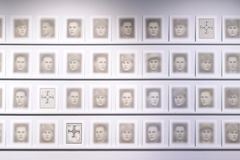
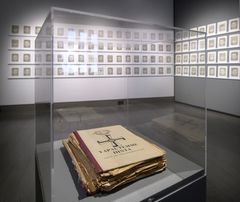
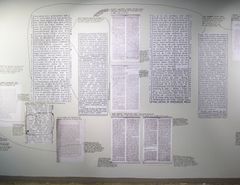
Linkit
Tietoja julkaisijasta
The Helsinki City Museum is the world’s only museum focusing on Helsinki. Personal experiences and everyday life of people in Helsinki are highlighted and reflected in the museum’s items and photographs. A Kiss-kiss candy wrapper, a squeaky steel spring bed and a photo of a suburb home yard are precious treasures in the museum.
The Helsinki City Museum is located in the oldest blocks of the city near the Senate Square, and entrance is always free of charge. In the City Museum, everyone has the opportunity to fall in love with Helsinki.
Tilaa tiedotteet sähköpostiisi
Haluatko tietää asioista ensimmäisten joukossa? Kun tilaat tiedotteemme, saat ne sähköpostiisi välittömästi julkaisuhetkellä. Tilauksen voit halutessasi perua milloin tahansa.
Lue lisää julkaisijalta Helsingin kaupunki, kulttuurin ja vapaa-ajan toimiala
Päätöstiedote: kulttuuri- ja vapaa-aikalautakunnan kokous 23.4.202423.4.2024 18:18:09 EEST | Tiedote
Helsingin kaupungin kulttuuri- ja vapaa-aikalautakunnan 23.4.2024 kokouksen päätöstiedote on julkaistu.
Ennakkotiedote: Kulttuuri- ja vapaa-aikalautakunnan kokous 23.4.202418.4.2024 13:52:13 EEST | Tiedote
Helsingin kaupungin kulttuuri- ja vapaa-aikalautakunnan kokouksen 23.4.2024 esityslista on julkaistu.
Päätöstiedote: Kulttuuri- ja kirjastojaosto 16.4.202416.4.2024 17:32:26 EEST | Tiedote
Helsingin kaupungin kulttuuri- ja vapaa-aikalautakunnan kulttuuri- ja kirjastojaosto päätti kokouksessaan jakaa 1,3 miljoonaa euroa ikääntyneiden helsinkiläisten hyvinvointia ja toimintakykyä edistäviin hankkeisiin.
Ennakkotiedote: Kulttuuri- ja kirjastojaoston kokous 16.4.202412.4.2024 16:01:08 EEST | Tiedote
Helsingin kaupungin kulttuuri- ja vapaa-aikalautakunnan kulttuuri- ja kirjastojaosto kokoontuu 16.4.2024. Kokouksen asialista on julkaistu.
Liikuntajaoston kokouksen päätöstiedote 11.4.202411.4.2024 18:01:13 EEST | Tiedote
Helsingin kaupungin kulttuuri- ja vapaa-aikalautakunnan liikuntajaoston kokouksen 11.4.2024 päätöstiedote on julkaistu. Kokouksessa päätettiin yhteensä 8,3 miljoonan euron avustusmäärärahan jaosta.
Uutishuoneessa voit lukea tiedotteitamme ja muuta julkaisemaamme materiaalia. Löydät sieltä niin yhteyshenkilöidemme tiedot kuin vapaasti julkaistavissa olevia kuvia ja videoita. Uutishuoneessa voit nähdä myös sosiaalisen median sisältöjä. Kaikki tiedotepalvelussa julkaistu materiaali on vapaasti median käytettävissä.
Tutustu uutishuoneeseemme